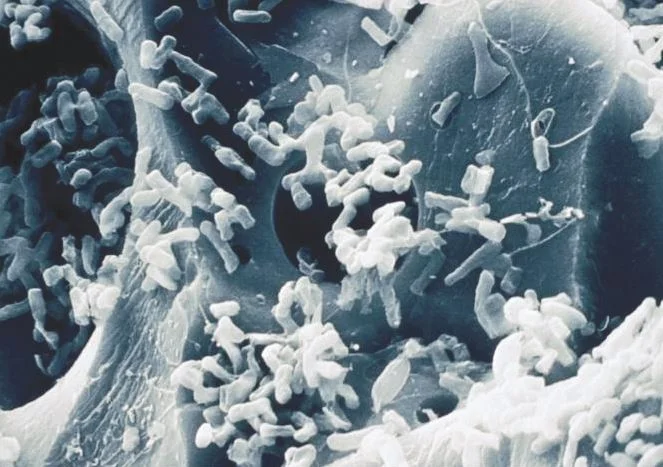Biological Filtration: The use of bacteria and natural biological processes to remove contaminants from water.
Bio-oxidization: When a substance has been oxidized by bacteria.
Our Local Water Treatment Plant Presentation
Lesson Three: Ammonia and Chloramine
Students will learn about the sources of ammonia in ground water, the consequences of high ammonia concentrations in water supplies, and the manner in which these problems are usually dealt with. Students will learn about biological filtering as a way to use bacteria to remove ammonia from water. Students will learn about the chemical reaction between chlorine and ammonia which results in the creation of chloramine and will learn about chloramine. Students will be able to demonstrate calculations involving concentrations, volumes and dilution factors.
Ammonia and Chloramine Reading Assignment
Lesson Four: Ammonia and Chloramine Experiment
Students will learn more about chemical reactions involved in the water treatment process by participating in an experiment examining these reactions. Students will collect and analyze experimental data on chemical reactions. Students will be able to demonstrate calculations involving concentrations, volumes and dilution factors.






